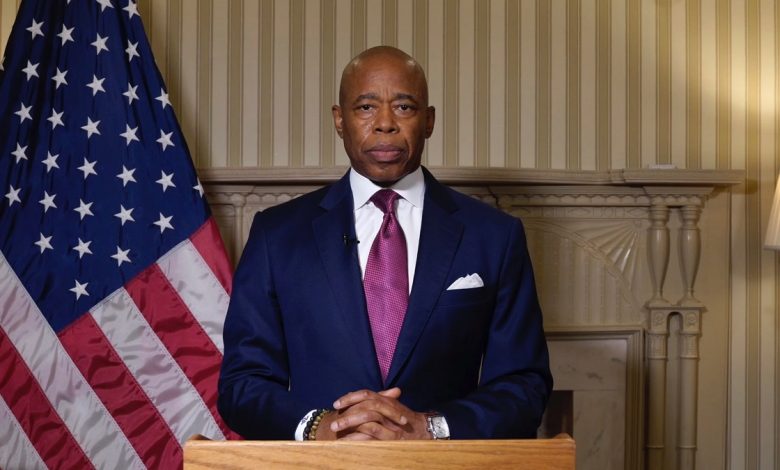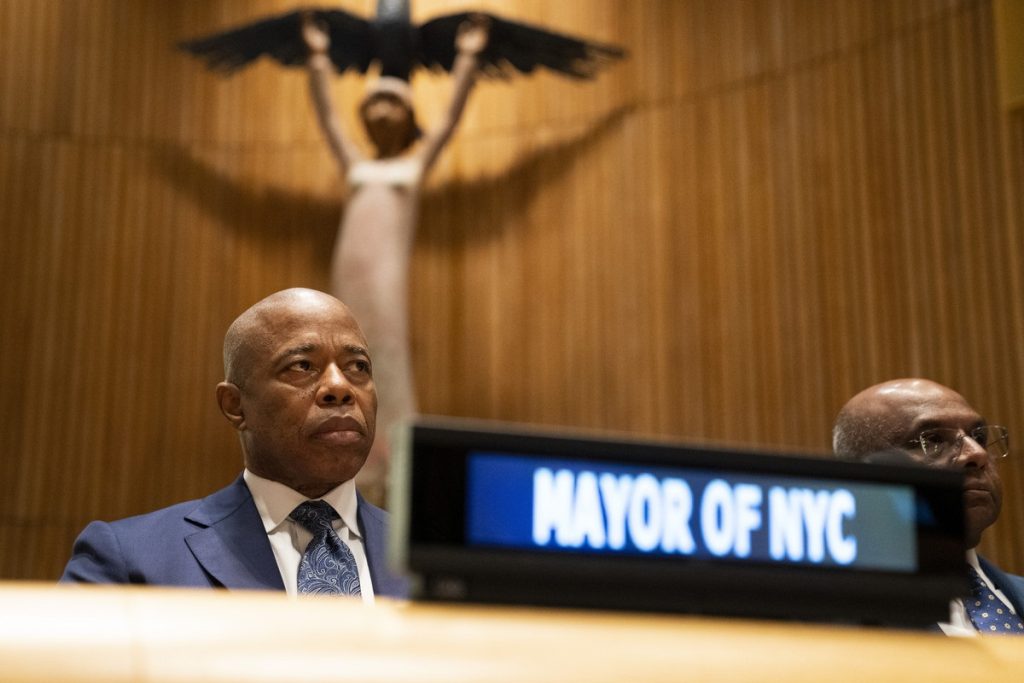NYC Mayor Adams Proposes Controversial Plan to Combat Public Drug Use
A bold strategy blends forced treatment, street removal, and public health initiatives amid a surge in overdose deaths.

Mayor Eric Adams of New York City has proposed an aggressive plan to curb public drug use, featuring measures such as forced street removal and mandatory treatment. While advocacy groups warn of human rights concerns and question the effectiveness of coercive measures, the plan also introduces public health initiatives like new support centers and incentive-based treatment programs.
Adams unveiled the strategy at a conservative think-tank event, signaling his intent to gain support from right-leaning and moderate voters ahead of his re-election campaign. The mayor emphasized the urgency, citing public drug use in streets and parks, unsafe conditions, and health hazards. His office noted that 37 other states allow involuntary commitment for people with substance use disorders, suggesting a legal precedent.
Controversy and Criticism
The proposal’s strictest elements—forced removal and mandatory treatment—have faced strong criticism. Studies often indicate that compulsory treatment may be ineffective or even harmful, potentially worsening substance abuse. Critics also raise civil liberties concerns and point to potential racial disparities, with Black individuals disproportionately affected by involuntary commitment.
Advocates and experts emphasize that without adequate investment in housing and supportive services, coercive programs may create a “revolving door” between streets, subways, and hospitals.

Public Health Components
Alongside the stricter measures, Adams’ plan includes several public health-focused initiatives that have received positive reception:
-
A new support center in the Bronx to address community complaints about public drug use.
-
A pilot incentive program encouraging participants to follow treatment plans.
-
Provision of cell phones through the city’s Relay program to support overdose survivors and facilitate follow-up care.
Officials stress that while voluntary treatment is most effective, the plan targets individuals who repeatedly refuse help, aiming to intervene before severe harm occurs.
New York City faces a growing overdose crisis, with a fatal overdose occurring roughly every four hours, largely driven by fentanyl. Annual deaths exceeded 3,000 in 2022 and 2023. Adams’ proposal builds on recent legislative changes that expand the city’s authority to remove individuals from public spaces for severe mental health issues impacting their basic needs.
The plan continues to generate debate over effective, humane responses to public drug use, balancing public safety, health outcomes, and civil rights.



